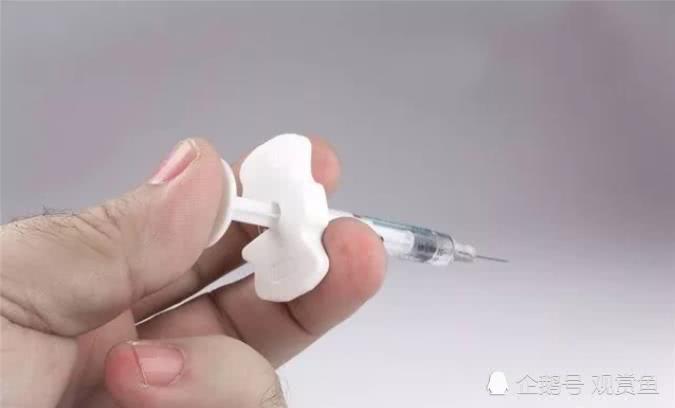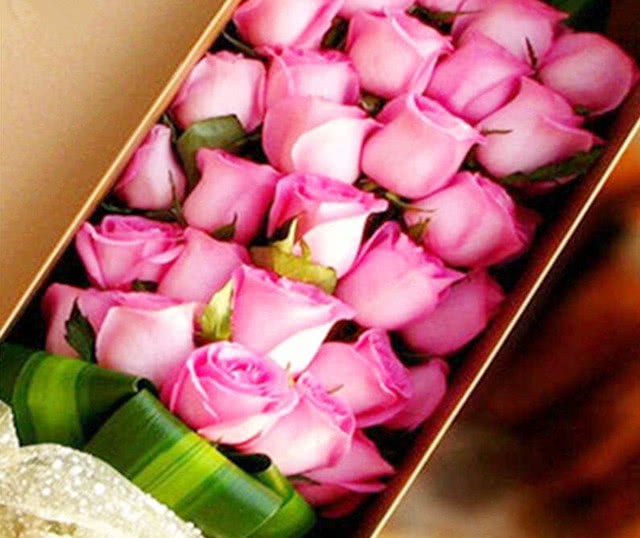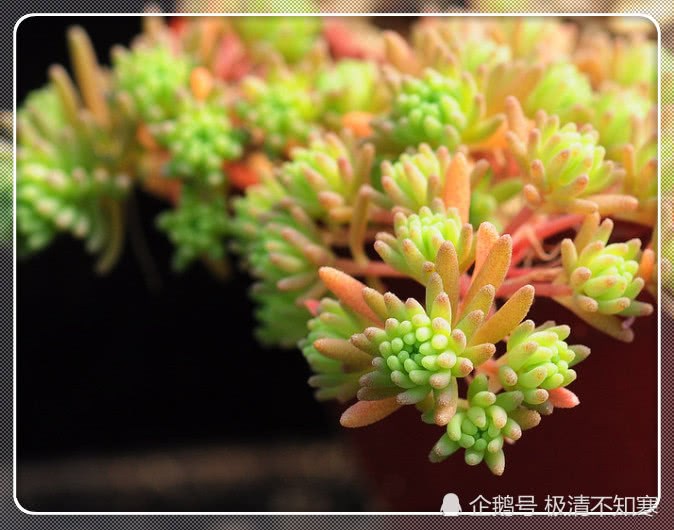Hangtai Aquarium: koi fade? Seven elements to find the root cause and solve the problem

Brocade carp are loved by many families for their bright and festive body color. Generally speaking, the pattern of brocade carp is relatively bright or red all over the body. However, some fish friends find that the carp at home will fade after being raised for a period of time, and the color gradually fades to white or black. What is the reason for this? Does the change in body color prove that the fish are not healthy? Today, let's learn about this common and annoying question.
First, inject pigment
In fact, not all brocade carp have bright body color, and a considerable number of fish are born with lighter body color. However, many koi were injected with pigment at the beginning, but the pigment gradually disappeared when they came back, so the koi gradually turned white.
2. Feed
Some koi can turn red by eating feed with lycopene from an early age, but fish friends buy it home and seldom continue to feed it to the original feed, so their body color becomes lighter. If you want to keep it, the owner should buy those feeds with red effect to feed them, but choose those without chemical composition to avoid harming the health of the fish.
III. Environment
The brocade carp has just arrived in a new environment and will turn white for some time. The owner does not have to worry, when they all adapt, they will gradually change back.
IV. Water quality
Brocade carp will become lighter within the first 2-4 hours of changing water, but will soon return to red. If new water is not added for more than 4 days, the koi will turn white when the water quality deteriorates. The blackening of the mouth or gills of brocade carp is a sensitive sign of poor water quality or inadaptability to water quality, so it is common to change the water every 2-3 days, 1/3 or 1/4 at a time. Keeping the water fresh can ensure that the brocade carp will not fade.
5. Fish disease
Brocade carp are prone to two diseases. First, white spot disease, which may cause discoloration, some parts of the color fade, or even become white; second, black spot disease, that is, fish grow "black spots", showing grayish white. These two situations are more troublesome. In the early stage, 1% of 3% of the salt can be soaked once a day for less than 10 minutes; if in the middle and late stages, yellow powder can be put in the tank and the water turns yellowish, which has a good effect on eliminating pathogens, and the original body color can be restored by slow rest.
VI. Temperature
Although brocade carp are highly adaptable to temperature, they are also quite sensitive to temperature. Brocade carp in low water temperature and drastic changes in water temperature is easy to produce stress reaction, the body color will also turn white, lose bright luster, and even appear black stripes or markings on the fin and tail. Therefore, in order to put the fish tank in the place where the indoor temperature difference is small, it is best to keep the water temperature within the range of 25-28 ℃, and the water temperature difference before and after each water change should not exceed 0.5 ℃. In addition, we should also pay attention to heating and oxygenating the fish tank in winter.
7. Be frightened
The red carp will fade or appear black spots after being frightened and will recover after a period of time. It is recommended that the owner had better not mix it with large aggressive fish, because brocade carp are notoriously cowardly.
If you are not clear about the content of the above article, please leave a message at the end of the article and consult me.
- Prev

5 kinds of flowers recommended for teachers
On teacher's Day on September 10 every year, many students will choose a gift to express their gratitude to the teacher. But do you know what flowers are suitable for teachers? Here are five kinds of flowers that are suitable for teachers. 1. Water honey.
- Next

The easiest way to change soil and basin for succulent plants is to complete the survival rate in 3 steps.
Succulent plants are very popular in spring, but they look very simple, but they are actually very difficult to raise. Today, let's take a look at how succulent plants should be raised. Now let's change the pot for the succulent plant and put a piece in the flowerpot first.
Related
- Wuhan Hospital Iron Tree Blooming Result Was Instantly Frightened by the Gardener Master
- Which variety of camellia is the most fragrant and best? Which one do you like best?
- What is the small blue coat, the breeding methods and matters needing attention of the succulent plant
- Dormancy time and maintenance management of succulent plants during dormancy
- Minas succulent how to raise, Minas succulent plant pictures
- What are the varieties of winter succulent plants
- How to raise succulent plants in twelve rolls? let's take a look at some experience of breeding twelve rolls.
- Attention should be paid to water control for succulent plants during dormant period (winter and summer)
- Watering experience of twelve rolls of succulent plants
- Techniques for fertilizing succulent plants. An article will let you know how to fertilize succulent plants.

